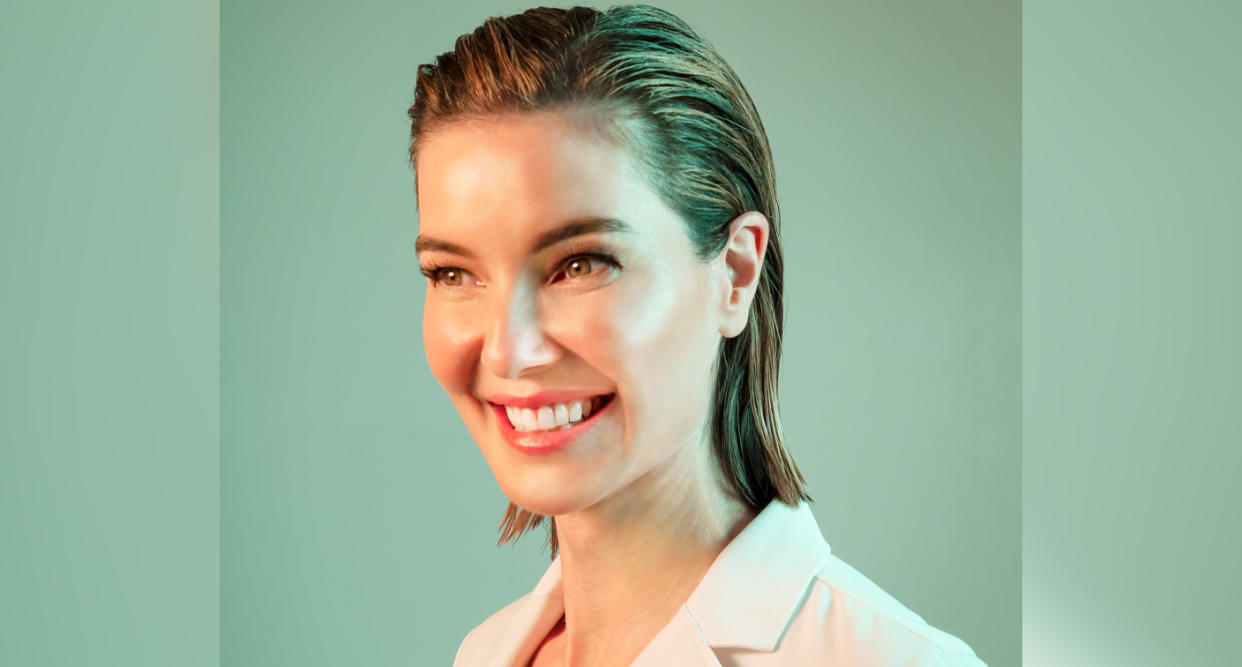This dermatologist got skin cancer — twice. Here’s what she learned.

Dermatologists know better than anyone else how to prevent and treat skin cancer. That’s why one New York-based dermatologist was shocked to discover she had skin cancer—twice.
Ellen Marmur, MD, was first diagnosed with skin cancer in 2006 after she noticed a pimple that appeared on the side of her nose. The pimple was hard, but it never came to a head, so she asked a colleague to biopsy it for her. Marmur tells Yahoo Lifestyle that she was “in shock” when she learned it was basal cell carcinoma.
Basal cell carcinoma is the most common form of skin cancer, according to the American Academy of Dermatology (AAD). Basal cell carcinoma usually develops on skin that gets sun exposure and often forms on the nose, the AAD says.
“I just wanted the cancer off my face,” Marmur says. She underwent Mohs surgery, a type of treatment she performs in her practice where a dermatologist removes the visible part of the skin cancer, as well as the cancer cells that aren’t visible to the naked eye. The cells are removed one layer at a time and then examined under a microscope, the AAD says. A doctor continues to do this until no more cancer cells are seen.
Marmur’s surgery took nearly half a day and was successful. She was left with a barely noticeable scar on the side of her nose. “After the Mohs surgery, I felt clean and safe,” she says. “And then a few days later, I had a mini existential crisis.”
Unfortunately, Marmur would experience skin cancer again.
Three years later, she developed another “pimple” on her cheek. She assumed it was a zit and had a colleague treat it. But the “pimple” came back and stayed. Marmur said she suspected at that point that it was another basal cell carcinoma, and wasn’t shocked when she got the official diagnosis. Still, she was scared.
“The second time was actually a bit harder to handle because I began to worry that every spot on my face was cancerous,” she says. Marmur underwent another Mohs surgery, as well as laser treatments to help fade the scar.
Marmur is now diligent about protecting her skin from the sun, but she says she wasn’t always that way. She experienced “blistering” sunburns when she was a child, went to tanning salons before school dances as a teenager and would use baby oil try to get as tan as possible.
Her sun habits have definitely changed. “I avoid super intense sun when possible and also invest in all kinds of sun protective clothing,” Marmur says.
Marmur’s daily sunblock is EltaMD UV Clear Broad-Spectrum sunscreen SPF 46 ($26 at Walmart). The lightweight, moisturizing sunblock — recommended by the Skin Cancer Foundation — is also good for people prone to acne, rosacea and skin discoloration. But nothing beats physical barriers when it comes to sun protection. Marmur’s favorite hat is Comhats UV Protection Sun Hat ($18), which is packable, and one of her go-to pieces of UPF clothing is a Johnny Was Parker Surf Shirt ($178), which has UPF 50+. (You can find more UPF clothing options here.)
She also started a campaign called Skin Cancer, Take a Hike! — an annual hike that encourages people to live their lives to the fullest with sun protection.
Marmur is now diligent about inspecting her skin to look for more signs of skin cancer. “I examine it daily and have my team of board certified dermatologists examine my face frequently,” she says.
While her experiences were scary, Marmur says they’ve changed the way she interacts with patients for the better. “Patients know that I empathize and understand the fear, pain, and experience,” she says. “It eases the stress.”
Read more from Yahoo Lifestyle:
Dermatologist warns of three hidden spots where skin cancer often appears
Beauty queen uses platform to shine light on nail melanoma risks
Your complete guide to choosing the perfect summer sunscreen
Follow us on Instagram, Facebook and Twitter for nonstop inspiration delivered fresh to your feed, every day.
